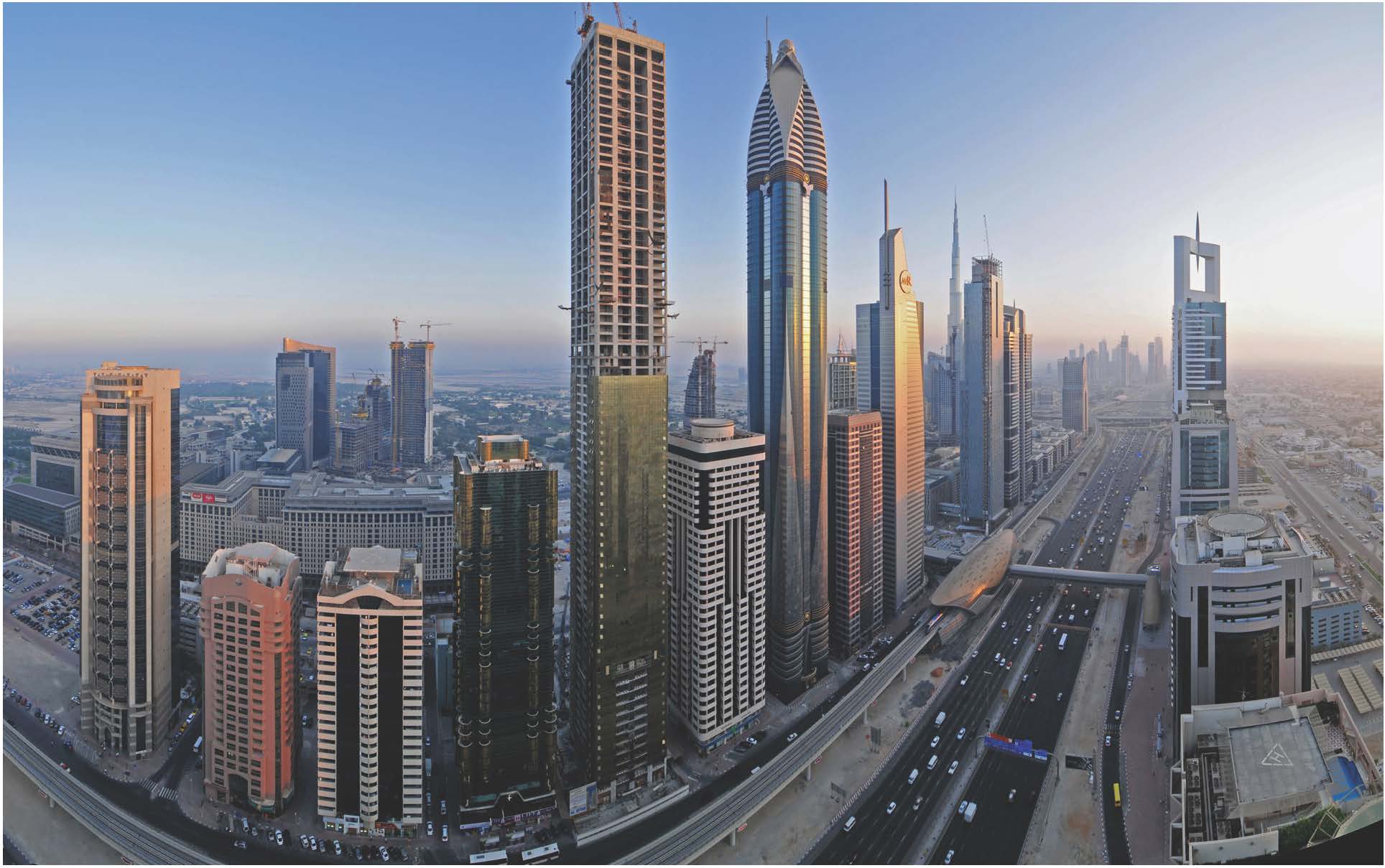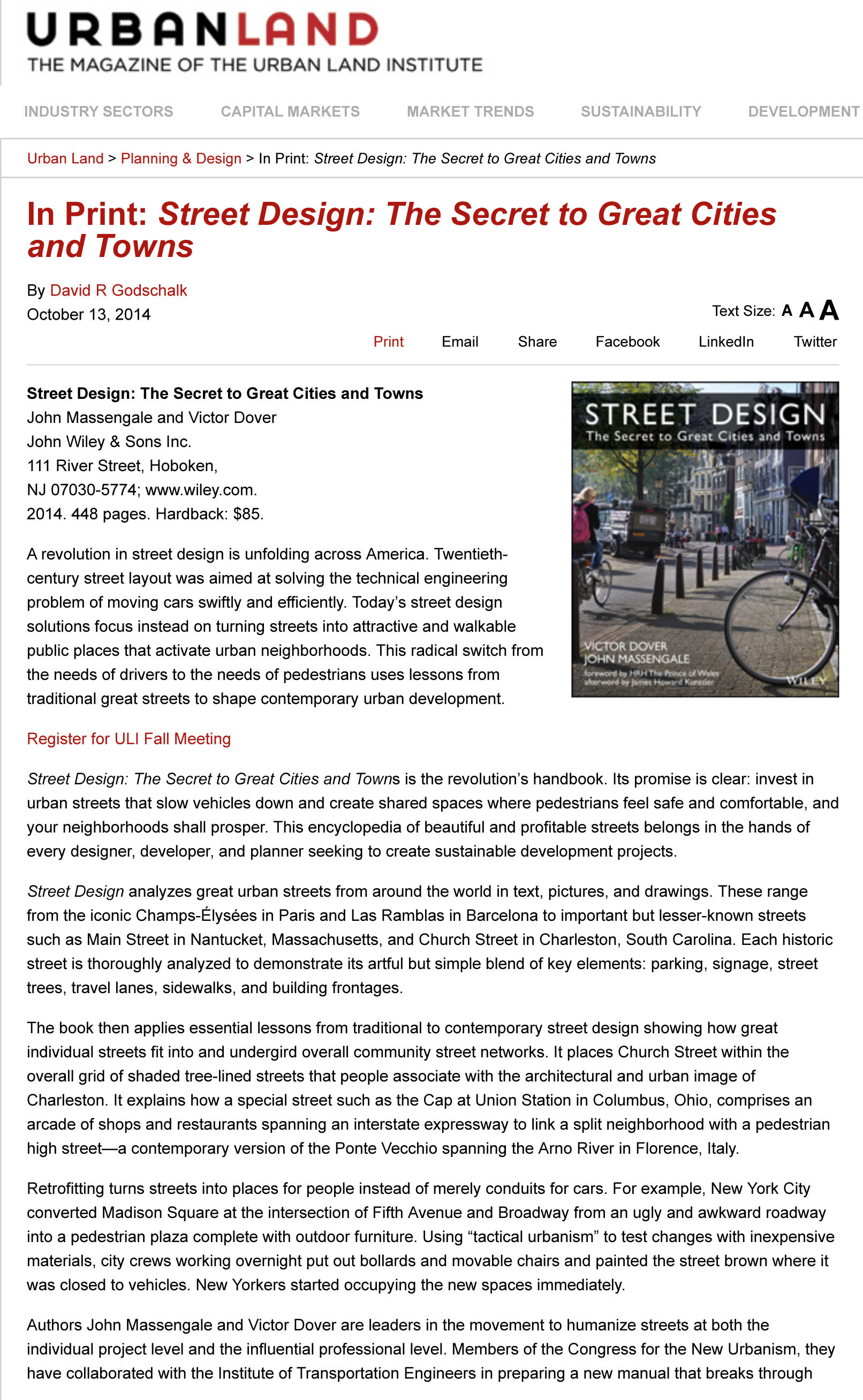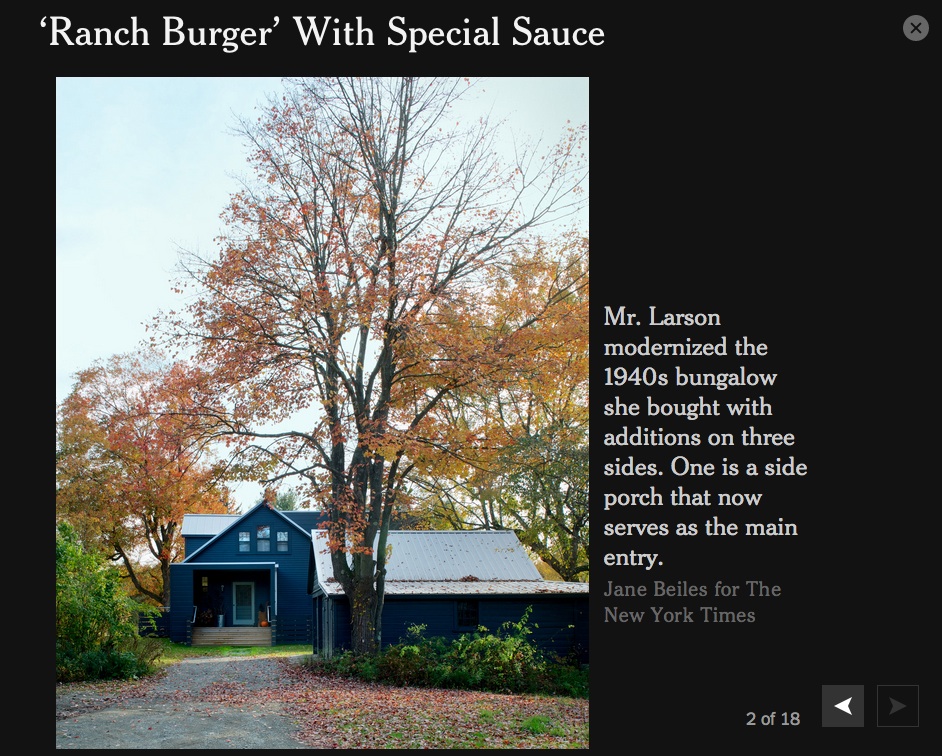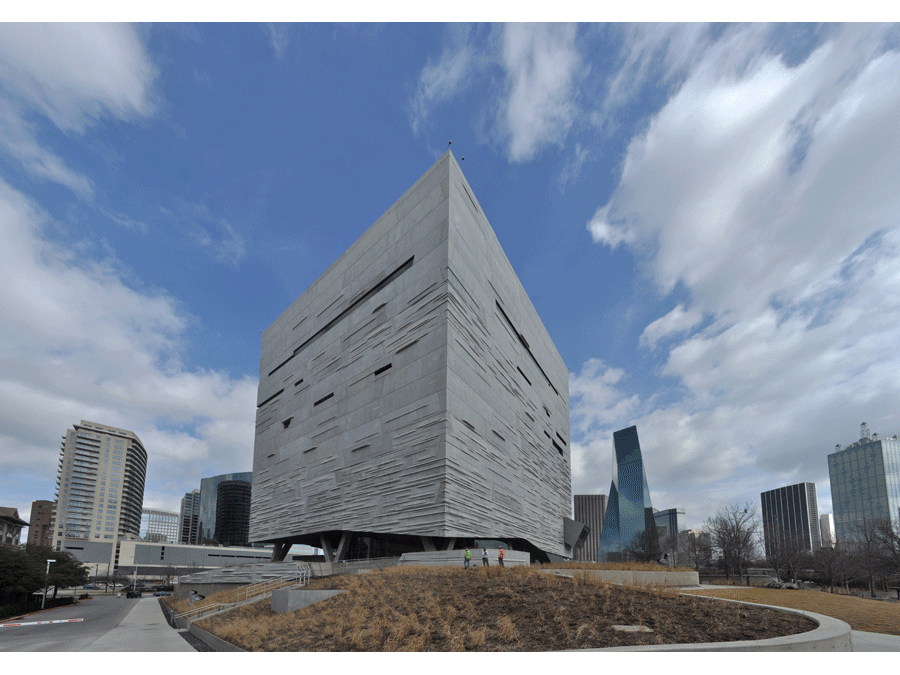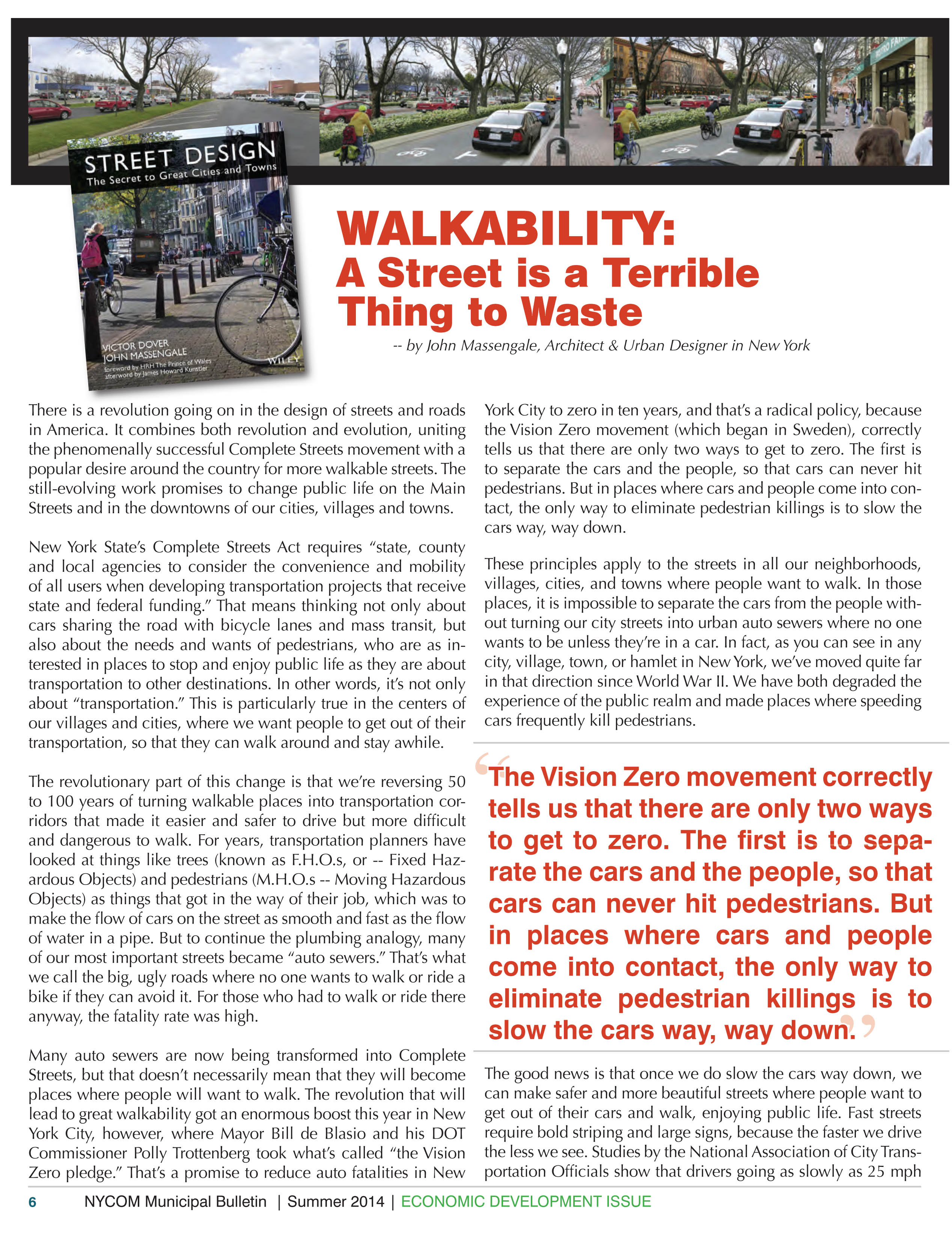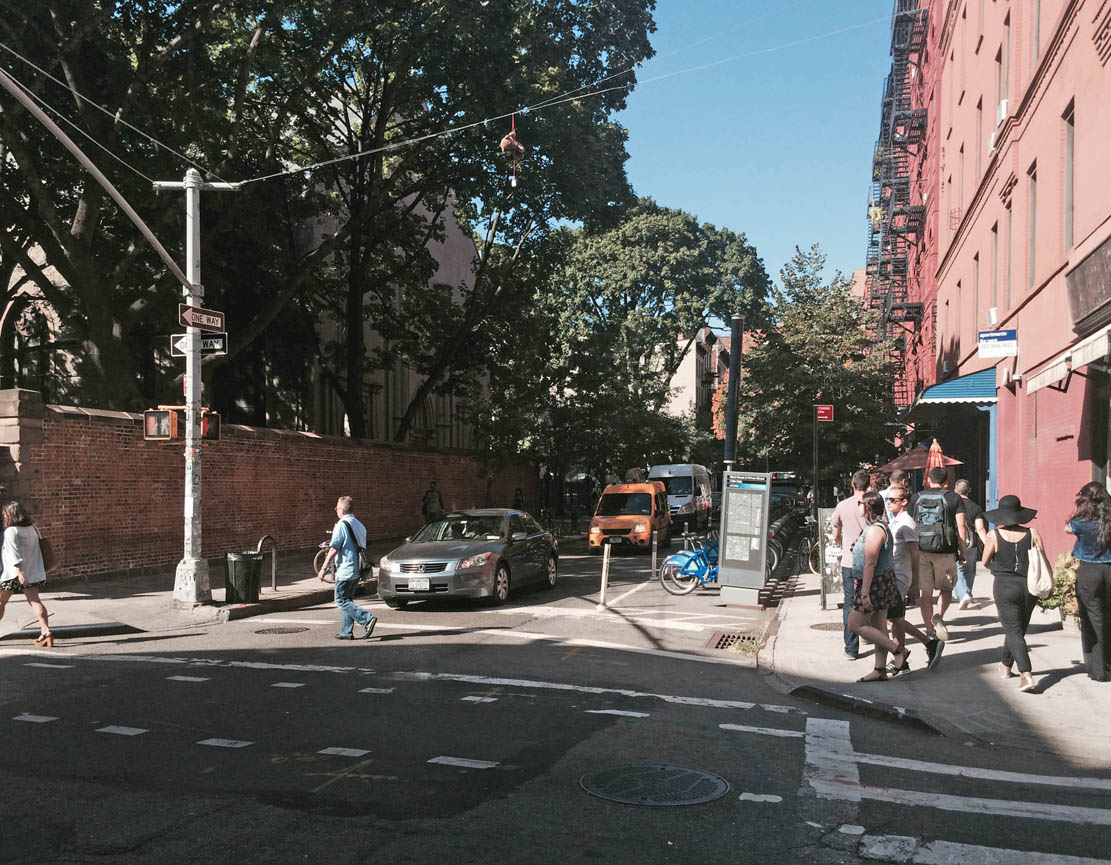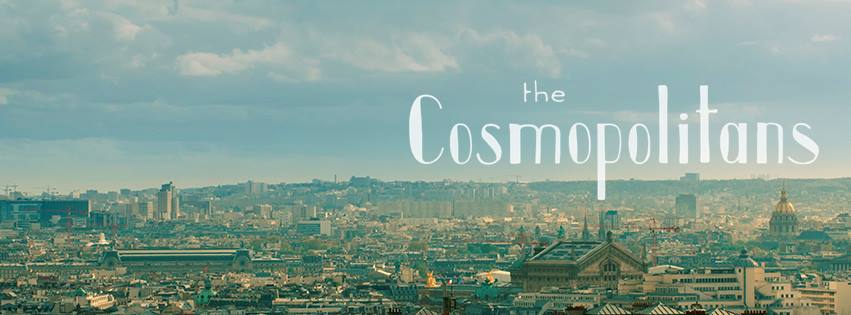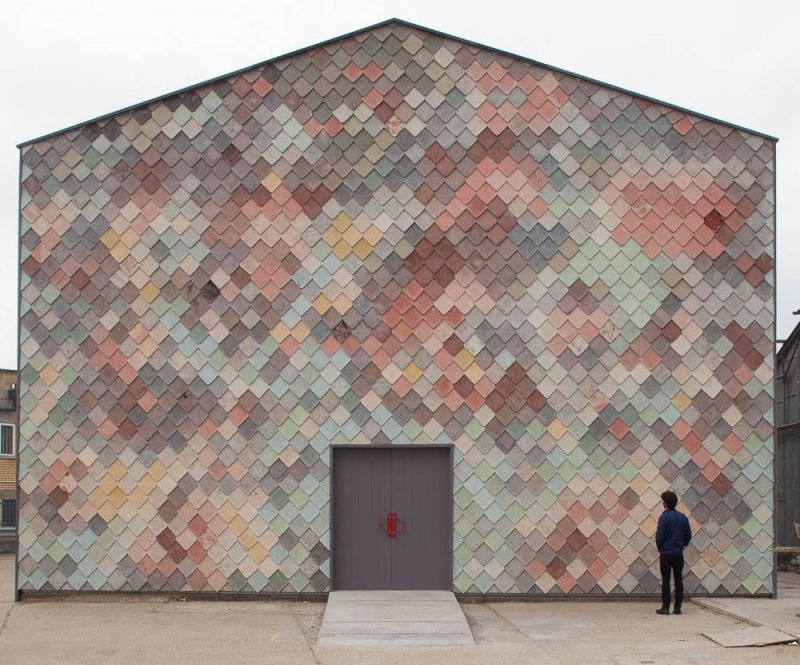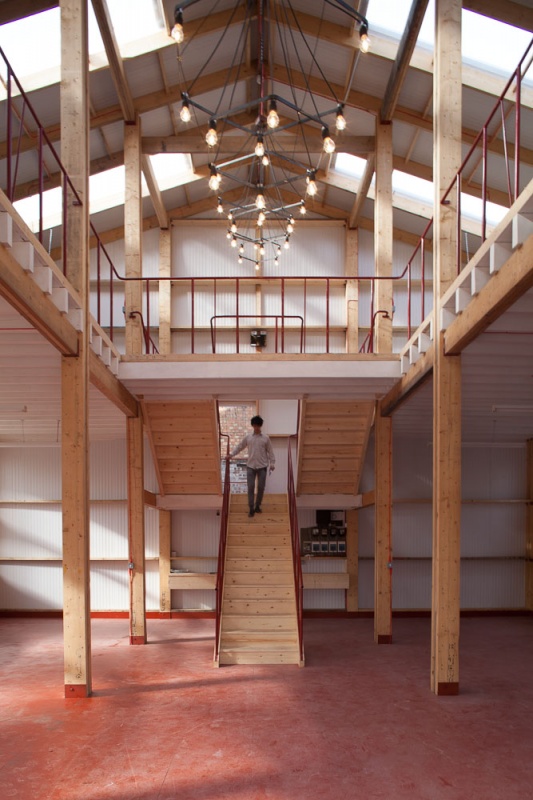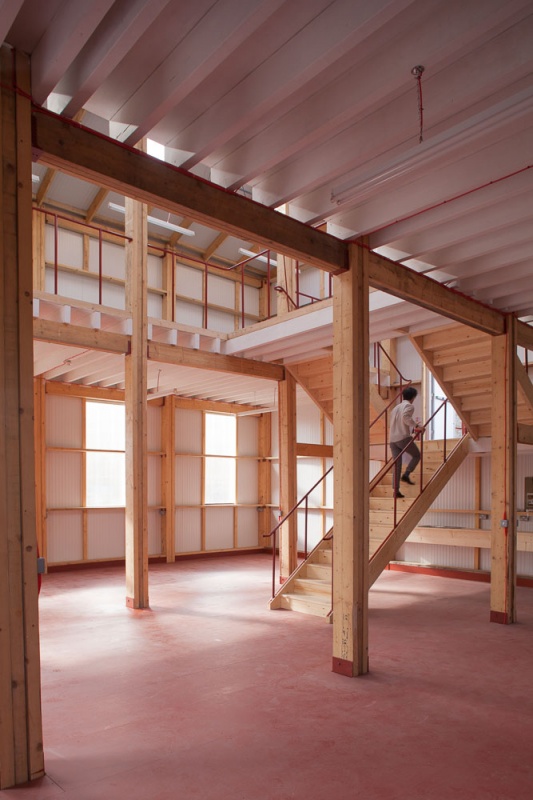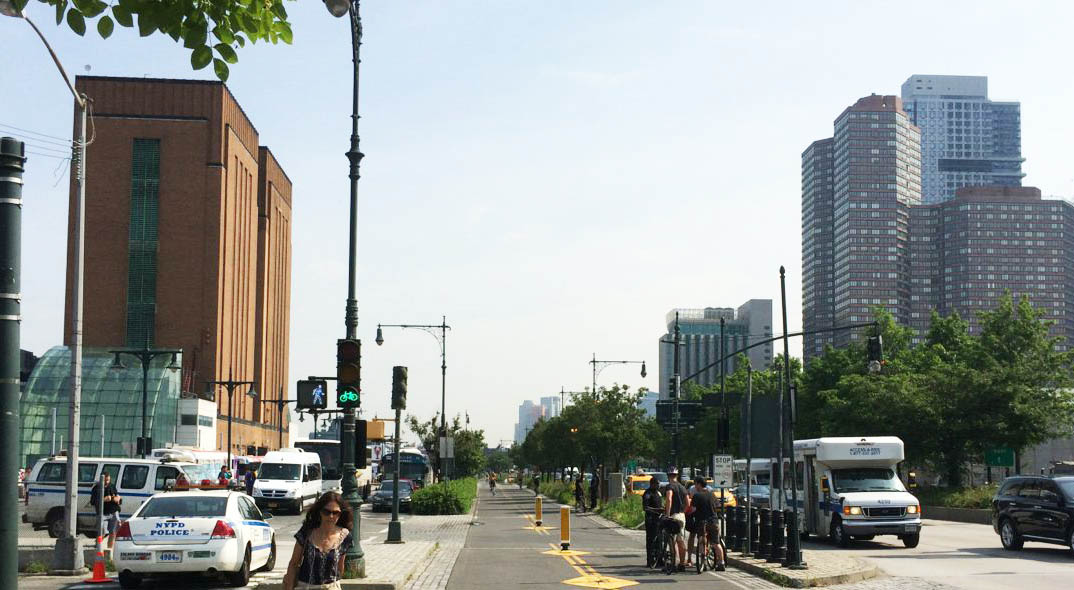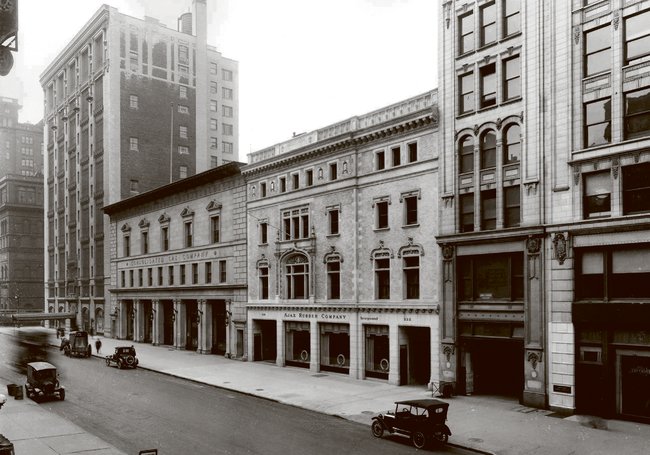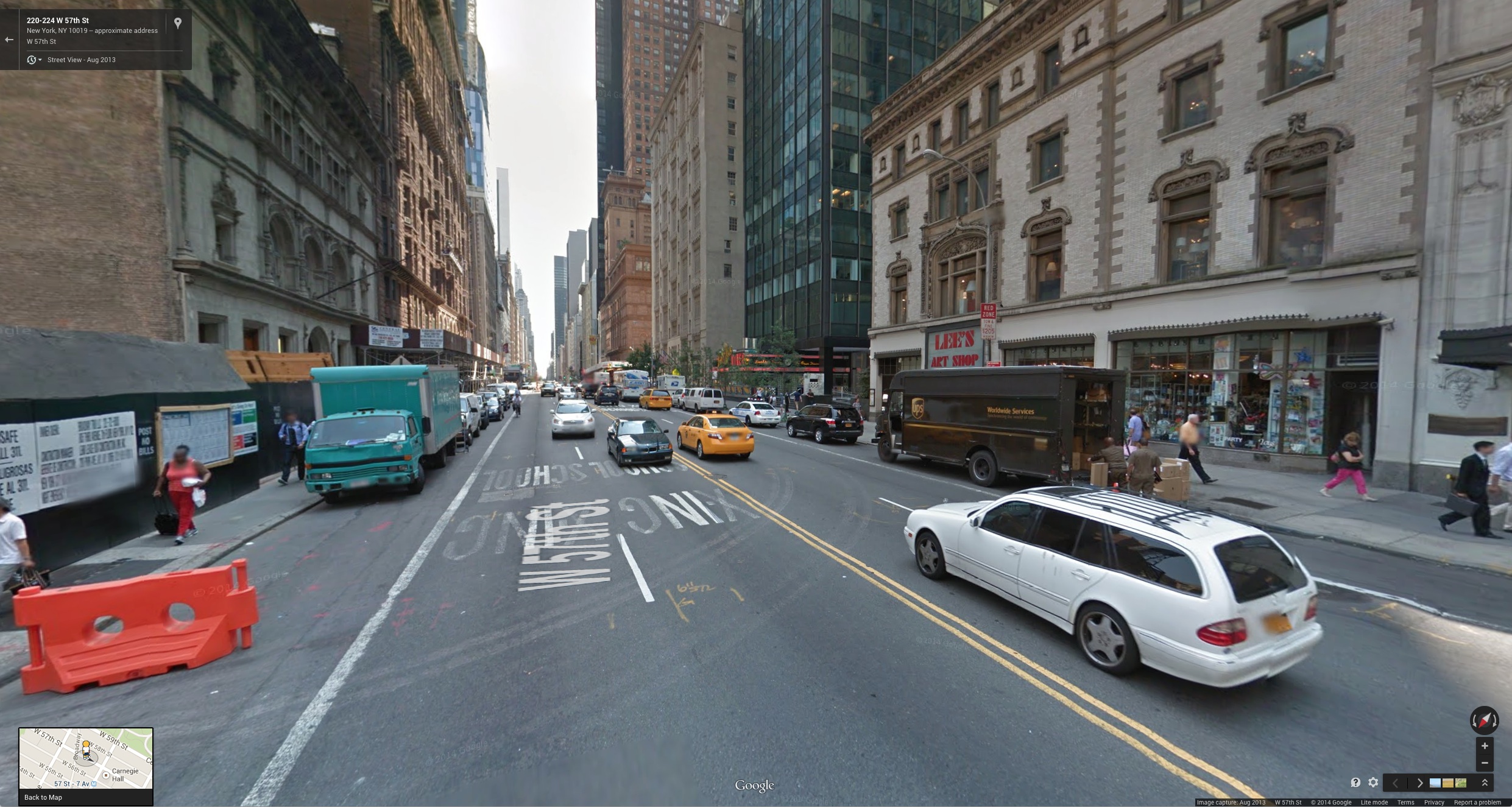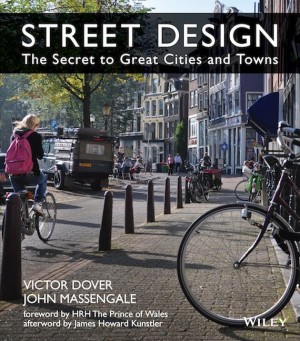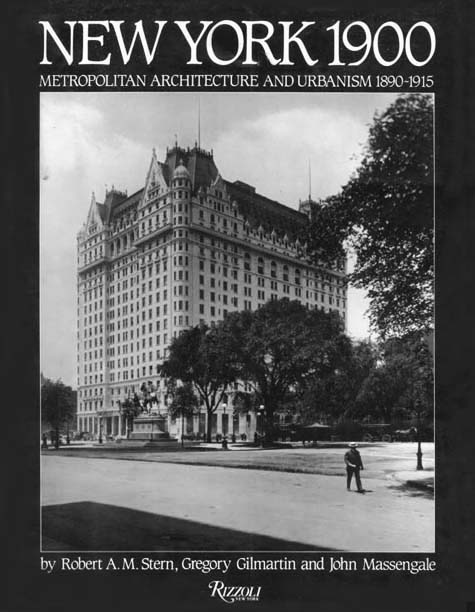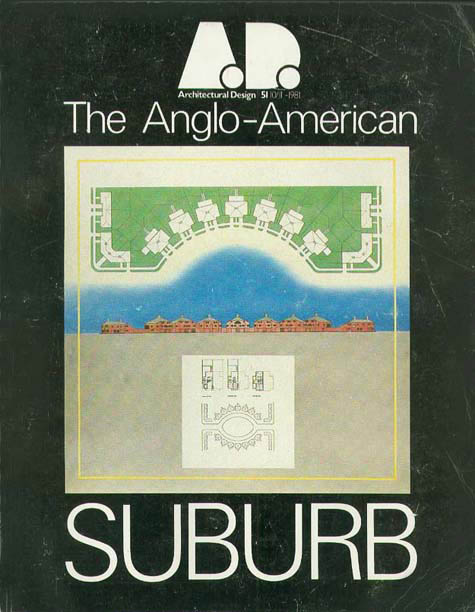- Big Finance: Most people don’t realize that Big Finance is the engine driving the global movement that has the Mayors of New York, London, and Paris promoting shiny Starchitecture indistinguishable from the shiny Starchitecture in Dubai, Mumbai, and Shanghai (always in the cause of making their city stand out, of course). It’s hardly surprising though—these “iconic towers” are the face of Global Capitalism, and you find them everywhere Goldman Sachs, Deutsche Bank, and the One Percent want to land their jets. Why? Because the towers are the most profitable and predictable way for the financial world to invest in real estate. Goldman doesn’t want to invest in the renovation of individual old buildings, because that’s too particular and unpredictable. They want formulas for investments with predictable high returns, which makes iconic towers the new shopping malls.*
- Big Real Estate: Big Finance has introduced Big Real Estate to an international market of One Percenters who can’t find enough places to invest their money. Here in New York, this aligns Wall Street’s interests with those of the Real Estate Board of New York (REBNY—which includes all of the richest mega-developers in the city), in effect making a SuperPAC far more powerful in the state than any other. The most profitable buildings they can develop are shiny, tall towers marketed to the world’s super rich in global hotspots like Moscow, Hong Kong, and Dubai where modern capitalism has produced a small number of people with so much money that they have a hard time finding enough places to invest it. The towers can be residential buildings that get a large premium for every apartment higher than the surrounding buildings, or they can be office or mixed-use buildings that can be sold as investments to foreigners. London’s Shard is a prime example.**
- Global Capitalism: The Shard is in a part of London that most Britons consider a poor location for an expensive building, but that doesn’t stop it from being successfully marketed to foreign investors. The offices in the Shard are more than half empty, and a poll shows that Britons do not want to live in the Shard, but marketing offices in foreign countries sold apartments and investments in the building for enormous profits. Similarly, most New Yorkers do not want to live on 57th Street, but foreign investors buy pied-à-terre, fourth-homes there with views of Central Park for the highest prices in the city.
- Cheap Construction: The modern glass curtain wall on most iconic towers is cheap, for four reasons: the materials are cheap; the fabrication of the glass walls, frequently made in China, is cheap; the curtain walls require little craftsmanship or skilled labor; and the manufacturers take the computer drawings of the architects and translate them into construction drawings, saving the architects work as well.
- Big Unions: Labor unions obviously like large construction jobs, and they particularly like large construction jobs that allow them to expand the union but that don’t require a skilled labor pool.
- Big Zoning: Mayor Bloomberg’s world view was the same as Wall Street’s and REBNY’s. He updated “What’s good for General Motors is good for America” to “What’s good for Big Business is good for New York (and London, and Paris, and…),” and he expressed the philosophy behind the new World Cities when he said that cities are “luxury items” you have to pay for. Note: I voted for Mayor Bloomberg three times. I wish I had only voted for him twice, because until his lame-duck term he was a bit more restrained in his promotion of Big Development, which is choosing short-term mega-profits over the long-term health of the city.
- Big Architecture: Big Finance, Big Development, and Big Architecture are a marriage made in heaven for Starchitects, who have won work around the world and even made serious money. Lord Foster, for example, is one of the 400 richest people in Britain. From the point of view of the developers, if you want to promote ridiculously profitable shiny new towers in Hong Kong and Moscow, it’s good to have a culture of world-renowned Starchitects promoting a Cult of the New. One hand washes the other.
Big Architecture also refers to the way most Starchitects and aspiring Starchitects work today, which is unlike the way urban planners design. A city plan starts with the streets and the blocks, with building types in mind. Like it or not (I don’t like it much), Daniel Libeskind’s winning plan for Ground Zero is an example of urban design: what we see there today are the streets, blocks, and building types he laid out, but without the towers he was hoping to design. Norman Foster’s competition entry, on the other hand, was Big Architecture: it was a design for a big building, and the plan only made sense with his building.
Some of these buildings are good, some are bad. Similar things can be said about capitalism, and even Global Capitalism. Extending Winston Churchill’s famous remark about democracy, we can say that capitalism is the worst form of economic life “except for all those other forms that have been tried from time to time.” What is new is the ubiquitous, one-size-fits-all building model applied to the entire world for the advantage of the very few. When McDonald’s spread its fast food chain stores cities across the world, we thought that was bad, but in fact storefronts come and go, while buildings remain. In the 21st century, when Slow Food, localism, craftsmanship, walkability, and placemaking are all the rage, a world focus on “iconic” towers seems oddly dated, out of touch, and literally out of place. The vast interiors on large floors with no operable windows and little connection to the ground are the opposite of natural ingredients, and the energy-hog, unsustainable and mass-produced curtain walls might be compared to GMOs. The world’s not asking for GMOs, but Monsanto makes lots of money from them, and in today’s world Big Money usually gets what it wants.
Photo of Dubai courtesy of James Howard Kunstler, who calls this Bowling Trophy Architecture.
“Chinese outbound tourists used to be impressed by futuristic buildings they encountered in places like Dubai and recently also London, but with more and more of such projects realised in Beijing… the pull factor of contemporary architecture for them is diminishing.”

